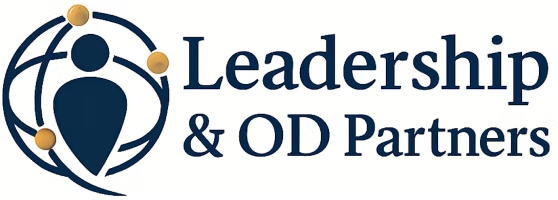Why Engagement Matters?
Employee engagement is not a “nice-to-have” anymore — it’s a strategic necessity. Organizations with highly engaged employees experience:
- 21% greater profitability (Gallup, 2020)
- Higher retention rates
- Stronger innovation and collaboration
Yet, global studies show that less than 25% of employees feel truly engaged at work. For HR and OD leaders, this presents both a challenge and an opportunity: to design organizations where people feel valued, motivated, and connected to purpose.
What is Employee Engagement?
Simply put, employee engagement is the level of emotional commitment and discretionary effort an employee brings to their work and organization.
William Kahn (1990), often called the father of employee engagement research, defined it as:
“The harnessing of organization members’ selves to their work roles; in engagement, people employ and express themselves physically, cognitively, and emotionally during role performances.”
In other words, engaged employees don’t just “show up” — they show up with energy, passion, and purpose.
Step 1: Create a Culture of Purpose and Meaning
Engagement begins when employees see their work as meaningful. Purpose-driven companies attract and retain talent more effectively.
- Example: Patagonia’s mission-driven culture (“We’re in business to save our home planet”) keeps employees deeply aligned with environmental values. This clarity of purpose translates into strong engagement and loyalty.
💡 OD Action: Leaders should embed organizational purpose into daily decisions and communicate “the why” behind strategies.
Step 2: Empower Through Autonomy and Trust
Micromanagement kills engagement. Employees thrive when trusted with responsibility and autonomy.
- Example: Atlassian, the Australian software giant, introduced “20% time,” where employees could pursue passion projects. Many of these side projects turned into core innovations.
💡 OD Action: Redesign roles to give employees more control over how they deliver outcomes, while providing clear accountability.
Step 3: Foster Continuous Learning and Growth
Engagement rises when employees feel they are growing, not stagnating.
- Example: Google invests heavily in upskilling programs, offering employees access to certifications, leadership development, and cross-functional experiences. This not only keeps employees engaged but also future-proofs the organization’s talent pool.
💡 OD Action: Implement learning journeys, mentoring programs, and digital platforms that support lifelong learning.
Step 4: Recognize and Celebrate Contributions
Recognition is one of the most powerful, yet underused, drivers of engagement. It doesn’t always require money — sometimes, public acknowledgment matters more.
- Example: Zappos is famous for its “employee bonus program,” where peers can award small bonuses to colleagues as a sign of appreciation. The system reinforces a culture of gratitude and community.
💡 OD Action: Build both formal (performance awards) and informal (peer recognition) systems into your culture.
Step 5: Listen, Act, and Close the Feedback Loop
Engagement is not a one-way communication. Employees want to be heard — and more importantly, to see action taken based on their input.
- Example: Adobe abandoned annual performance reviews and introduced “Check-In,” a continuous feedback process. This two-way dialogue helped reduce turnover and significantly improved engagement.
💡 OD Action: Use surveys, pulse checks, and town halls to gather feedback — and always demonstrate how employee voices shape decisions.
The Engagement Payoff
When employees feel purposeful, empowered, recognized, and heard, they don’t just stay — they thrive. The payoff is not only happier employees but also a stronger, more resilient organization.
From Insight to Action
The path to engagement is not about perks like free coffee or ping-pong tables. It’s about authentic leadership, meaningful culture, and systemic OD practices.
Your Next Step:
Is your workforce disengaged, or do you want to unlock hidden potential? We help organizations design engagement strategies that go beyond buzzwords to deliver measurable results.
Contact us today to start building a culture where your people — and your business — thrive.
References
- Gallup. (2020). State of the Global Workplace Report. Gallup, Inc.
- Kahn, W. A. (1990). Psychological conditions of personal engagement and disengagement at work. Academy of Management Journal, 33(4), 692–724.
- Pink, D. H. (2011). Drive: The Surprising Truth About What Motivates Us. Riverhead Books.
- Buckingham, M., & Goodall, A. (2019). Nine Lies About Work: A Freethinking Leader’s Guide to the Real World. Harvard Business Review Press.
- Deloitte Insights. (2022). Employee Engagement: The Next Frontier in Workforce Strategy. Deloitte University Press.
- Harter, J. K., Schmidt, F. L., & Hayes, T. L. (2002). Business-unit-level relationship between employee satisfaction, employee engagement, and business outcomes. Journal of Applied Psychology, 87(2), 268–279.
